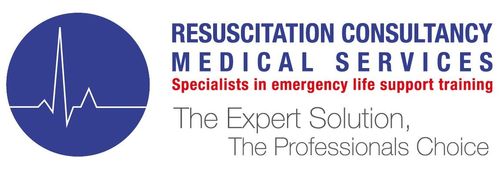Cardiac arrest is a critical medical condition that can occur at any time, to anyone, anywhere. It is a sudden failure of the heart’s electrical system, leading to an immediate stop in blood circulation. When the heart stops, the brain is deprived of oxygen, and the person loses consciousness and stops breathing.
In such situations, CPR or cardiopulmonary resuscitation is a life-saving technique that can make a significant difference between life and death.
Understanding Cardiac Arrest
Cardiac arrest occurs when the heart’s electrical system malfunctions and causes the heart to stop pumping blood around the body. It can happen to anyone, regardless of age or health status, and can occur suddenly or as a result of an underlying medical condition.
The Importance of CPR in Cardiac Arrest
When cardiac arrest happens, the heart suddenly stops beating, and blood stops circulating. This is a life-threatening emergency, and without prompt intervention, the person can die within minutes. CPR is a technique that involves chest compressions and rescue breaths to keep the blood flowing to the vital organs, particularly the brain, until medical help arrives.
CPR helps to maintain blood flow and oxygen supply to the brain and other organs, which can prevent brain damage and other complications. By performing CPR, you’re essentially buying time for the person until advanced medical care can be given.
The Benefits of CPR
CPR has numerous benefits in cardiac arrest situations. Here are some of the advantages:
- CPR can save a life: Cardiac arrest is a medical emergency that requires prompt intervention. CPR can help maintain blood flow and oxygen supply to the brain and vital organs, increasing the chances of survival.
- Prevent brain damage: The brain requires a continuous supply of oxygen and nutrients to function correctly. CPR helps to maintain blood flow and oxygen supply, reducing the risk of brain damage and other complications.
- Easy to Learn: CPR is relatively easy to learn and can be taught in a matter of hours. This means that anyone can perform CPR and potentially save a life.
- Availability: CPR can be performed anywhere, anytime, by anyone. It doesn’t require any specialized equipment or medical training, making it a vital tool in emergency situations.
CPR is an essential technique that can make a significant difference in cardiac arrest situations. It can help maintain blood flow and oxygen supply to vital organs, prevent brain damage, and increase the chances of survival. Knowing how to perform CPR can save a life and is a valuable skill that everyone should learn. Remember, in a cardiac arrest situation, every second counts, and performing CPR can give the person the best chance of survival until medical help arrives.
